
Latest Editions
-
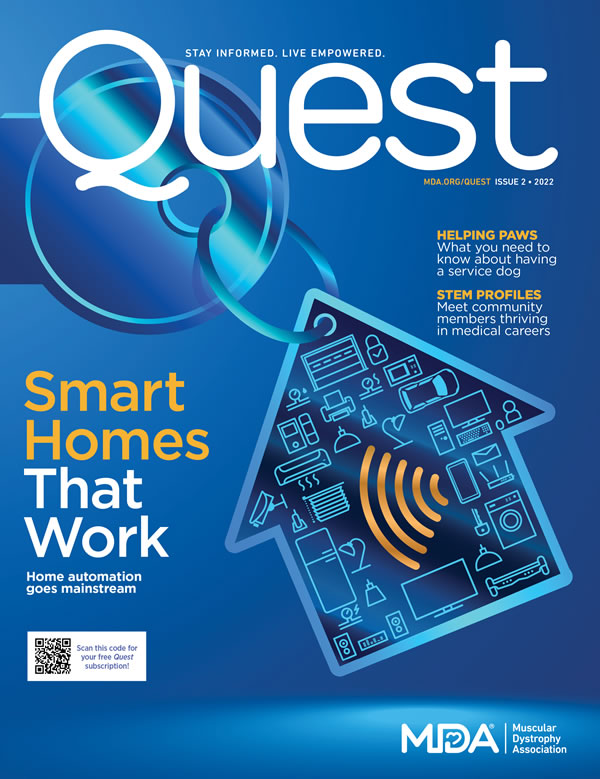 Quest Issue 2, 2022
Quest Issue 2, 2022 -
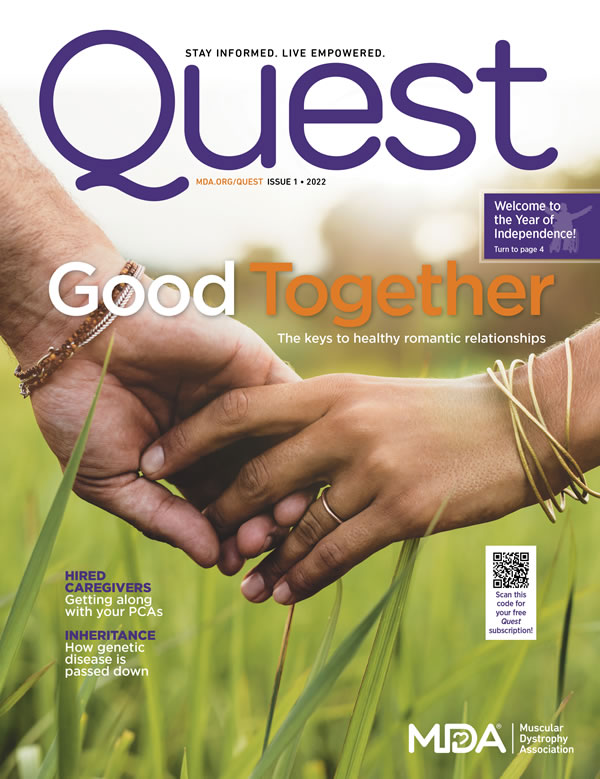 Quest Issue 1, 2022
Quest Issue 1, 2022 -
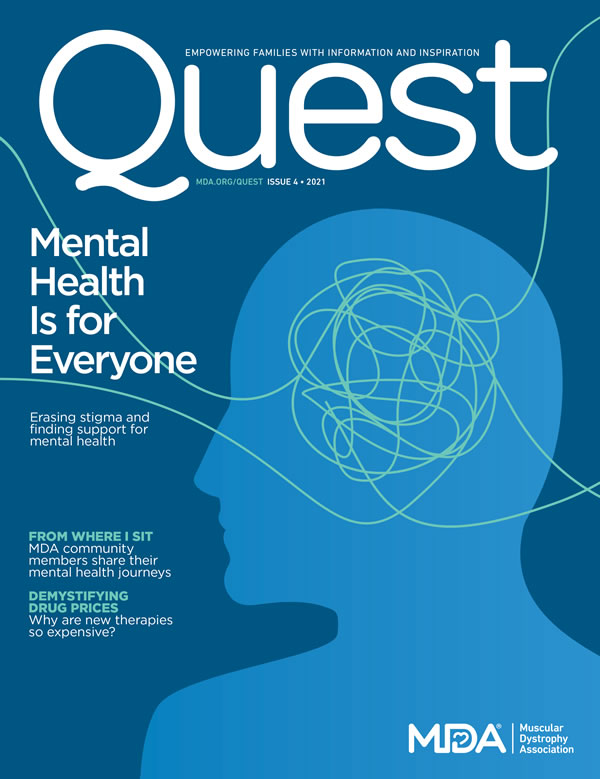 Quest Issue 4, 2021
Quest Issue 4, 2021 -
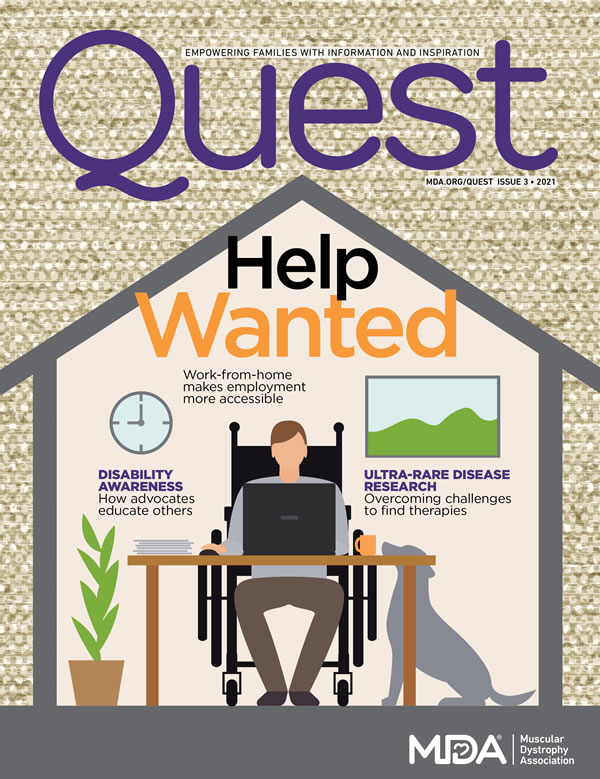 Quest Issue 3, 2021
Quest Issue 3, 2021
Recent Quest Articles

Tadalafil Trial in Becker MD
Update (Oct. 8, 2012): This story has been updated to reflect that the tadalafil trial in BMD has been slightly revised and is now open. In June 2012, it had temporarily closed to new participants. The investigators say the revised trial design was necessary because they were unable to obtain access to the MRI machine for the time periods that were necessary in the first design.
Read More
DMD Research: Potential Heart Saver
A synthetic compound that seals cellular membranes has been found to stop the progression of heart-muscle destruction in dogs with a disease closely resembling human Duchenne muscular dystrophy (DMD), MDA-supported researchers have found.MDA research grantee DeWayne Townsend at the University of Minnesota-Minneapolis and colleagues found poloxamer 188 (p188), infused into a vein in golden retrievers with a DMD-like disease, sealed fragile cardiac muscle-cell membranes and prevented the loss of cardiac muscle function (cardiomyopathy) that occurred in an untreated control group of comparable dogs.
Read MoreGene Therapy Rescues Mice with SMA
Scientists at four U.S. institutions have successfully used gene therapy to treat very young mice with a disease resembling severe spinal muscular atrophy (SMA). Study results were published online Feb. 28, 2010, in the journal Nature Biotechnology.Newborn mice that received the treatment demonstrated near-normal motor function (movement) and brain-to-muscle signaling, as well as a dramatic increase in length of survival, with most living upwards of 250 days as compared to untreated mice, which had an average life span of 15 days. (None of the treated animals have succumbed to SMA so far.)
Read More
Building New Muscle Requires Controlled Damage
Remodeling a building usually requires some degree of dismantling before new construction can begin. That principle, it now seems, also may apply to the remodeling of the body's cells. Scientists at Ottawa Hospital Research Institute and the University of Ottawa have found recently that it applies to muscle cells, which can only develop from a stemlike state into mature muscle fibers after a certain amount of their DNA has been disassembled and then rebuilt.
Read More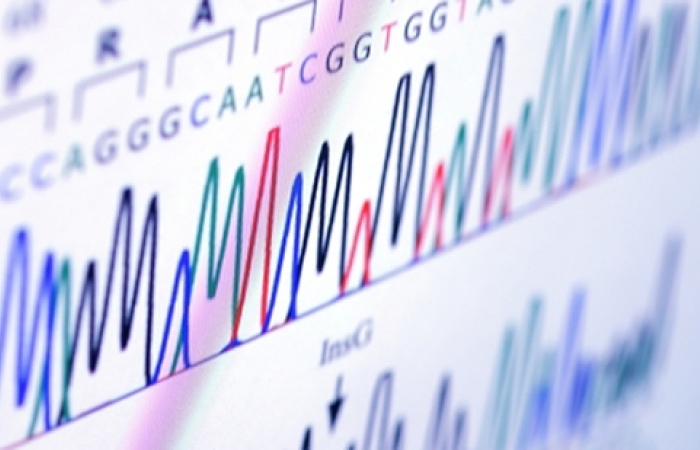
Causative Gene Mutations ID'd for Two Muscle Diseases
An MDA-supported, multinational team of researchers from Canada and Europe has identified specific mutations in the anoctamin 5 (ANO5) gene on chromosome 11 that can cause type 2L limb-girdle muscular dystrophy (LGMD2L) and type 3 Miyoshi myopathy.The results are intriguing, as they describe one of a limited number of cases in which mutations in the same gene can cause more than one muscle disorder. Mutations in the ANO5 gene can cause limb-girdle muscular dystrophy (LGMD), which is characterized as proximal, affecting muscles near to the center of the body (the "limb girdles"); or Miyoshi myopathy, which is characterized as a distal muscle disease, affecting muscles far from the center of the body.
Read MoreNew Muscle Stem Cell Found in Mice
MDA-supported scientists in France have identified a previously unknown type of muscle stem cell located in the spaces between muscle fibers in mice. They say the new cells, dubbed "PICs," may play at least as important a role in muscle regeneration and repair as satellite cells, which have been recognized as stemlike cells in muscle since the 1960s. As such, they could have implications for treatment of muscular dystrophies.
Read More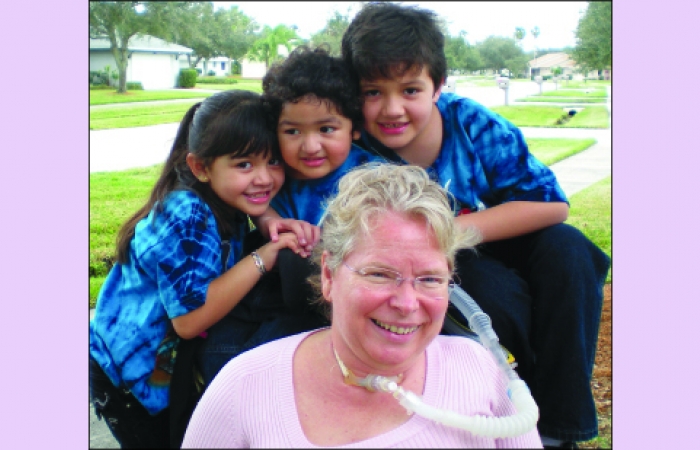
A Happy Compromise
A wise friend at my Quaker meeting once told me, “It’s a ministry to offer help, but it’s also a ministry to accept help.” Let’s just say that my life situation has given me quite a lot of opportunities to exercise the ministry of accepting help!I was born with type 2 spinal muscular atrophy and left home for graduate school at age 25 never having had anyone except my mother help me with my personal needs. It was quite a life shock to suddenly have someone help me because I paid them, not because they loved me.
Read More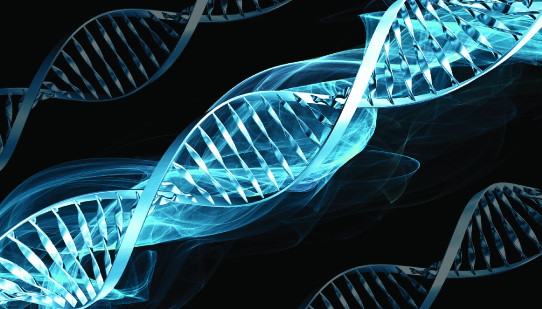
Epigenetics: Above and Beyond Genes
Slip the word “genetics” into a casual conversation and you likely won’t get too many questioning looks.Most people basically understand that “genetics” refers to DNA and genes, the blueprint of life, the code that determines whether someone has blue eyes or green. Many are familiar, too, with the idea that “genetics” can cause a variety of health conditions: diabetes, breast cancer, muscular dystrophy and other neuromuscular diseases.
Read MoreALS Research: Poison Dirt?
New findings suggest a possible link between dust-dwelling bacterial toxins and an elevated incidence of ALS (amyotrophic lateral sclerosis) in Gulf War veterans.The study blames cyanobacteria, microorganisms that live in desert sands and which can be inhaled when they’re kicked up in dust, such as when a convoy of military vehicles rumbles by. Cyanobacteria are common throughout the world in salt water, fresh water and soil.
Read More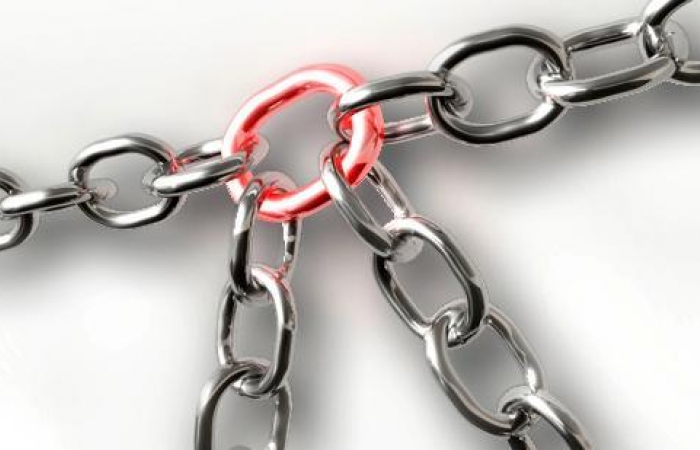
Follistatin Genes Strengthen Muscles in Monkeys
Four macaque monkeys that received injections of genes for a protein called follistatin into upper leg muscles experienced pronounced and durable increases in muscle size and strength with no adverse effects, say researchers at Nationwide Children's Hospital in Columbus, Ohio, and Ohio State University.
Read MoreMDA Resource Center: We’re Here For You
Our trained specialists are here to provide one-on-one support for every part of your journey. Send a message below or call us at 1-833-ASK-MDA1 (1-833-275-6321). If you live outside the U.S., we may be able to connect you to muscular dystrophy groups in your area, but MDA programs are only available in the U.S.